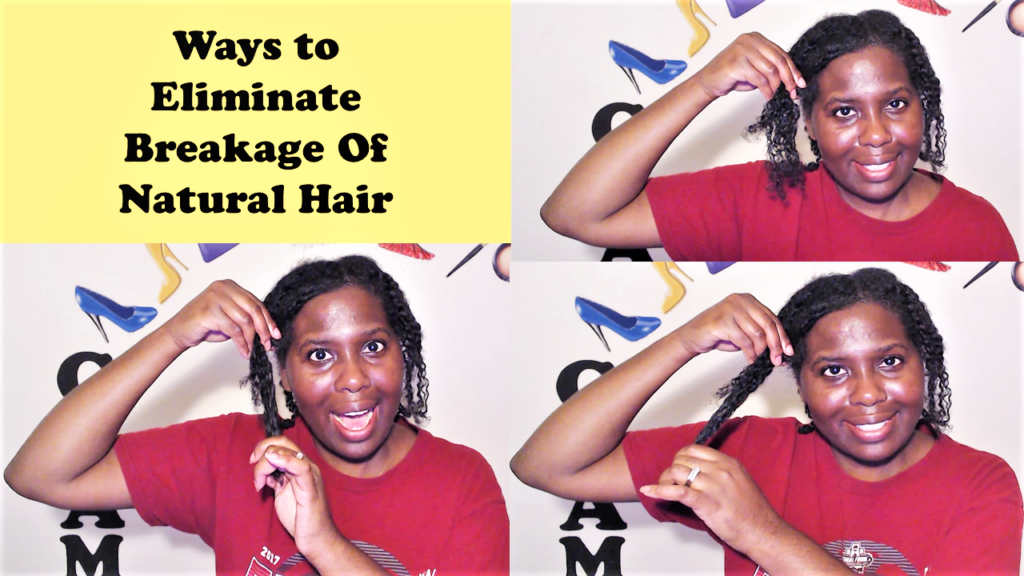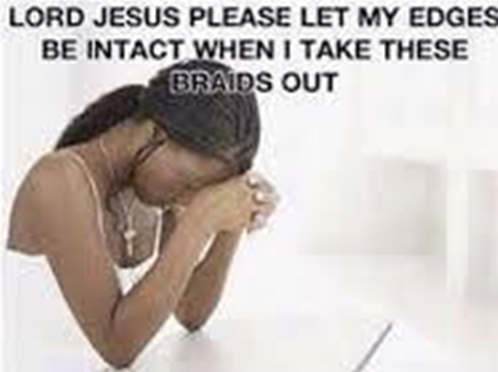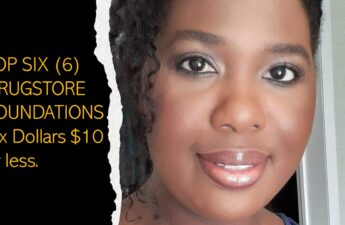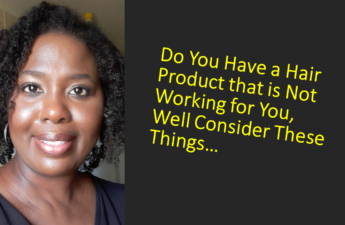Protective styles protect the natural hair from over manipulation, heating and styling. Protective styles also protect from chemical, color treatments and environmental factors.
I personally do not wear the protective styles due to my hair not being able to tolerate braids, and up do’s. With saying that, do not let a protective hair styles deter you from getting one. Knowing the do’s and don’ts of protectives styles can save your hair from breakage, and can cause the hair to thrive.
Protective Hair Styles Can Be Beneficial
- Protective styles keep the ends tucked away in order to protect you from over manipulation of your hair from styling, combing, detangling, coloring, and chemicals.
- If you play sports, protective hair styles save the hair from sweat and excessive moisture from sports such as swimming.
- Protective hair styles save you time. Dealing with natural hair can take a lot of time, having a protective style cuts the time next to none.
- Protective styles also provide versatility, especially with wigs. With wigs you can go from curly to straight, short to long, color to no color. The possibilities are endless.
- You can also save your coins when it comes to hair products. If a protective style is in your hair, you don’t have to worry about gels, conditioners, moisturizers and other styling products. These products can require daily use of products if you wear your hair “unprotected” Since a protective style is in you can leave these products in the stores or stores on your shelf at home.
Protective Styles Can Be Detrimental to One’s Hair

- If your hair is prone to breakage a protective style can cause more breakage due to the excess tugging and pulling on the hair. I speak from experience because my hair is soft and fine. Too much pulling on my hair, when I was trying to protect it made matters worse.
- Protective styles that are too tight can cause hair breakage and hair loss. I have experienced this. I had edges that were thinning and next to bald due to me relaxing my hair. I started using protective styles and I must say that being my edges were bare, I was able to grow them back. Once I grew my edges back and continued with the braids, I had to take a break and stop. I was starting to go back to square one and when it came to my edges. The braids were taking a toll on my hair. That was the deciding factor for me to leave the protective styles alone.
- Protections styles can also cause what is known as traction alopecia. Traction alopecia is when the hair is worn in one direction repeatedly for so long, that the hair in certain area get shed and leads to permanent hair.

- Protective styles can cause headaches. If your protective style is causing you a headache, then it is too tight. I’ve seen protectives where braids are so tight that I notice bumps start to form. Headaches and bumps forming on the scalp should come from wearing a protective style.
- Not caring for your hair properly while it is in the protective style can cause more harm than good. My hair requires for it to be detangled and moisturized on regular basis. Protective styles limit this. Like I stated before, when I was wearing the protective styles and when I took it out, I had short and long areas which was an indicator, that this protective style offered no protection at all.
Protective Style Best Practices

- Choose a style that is low maintenance and little to no manipulation.
- Refrain from styles that are too tight and cause a lot of tension
- Keep hair maintain and moisturized as much as possible
- Avoid having styles being repeatedly pulled one direction
- Best style I would choose it the two-strand twist.
WRAP UP
Best practices, just know that not all protective styles protect. Choose the right style that is good for your hair overall. Avoid braids and twists that are too tight. Avoid leaving the style in for prolonged periods of time. Continue to care for the much as much as it would allow for the duration of the protective style. Have protective styles worked? Your thoughts…



